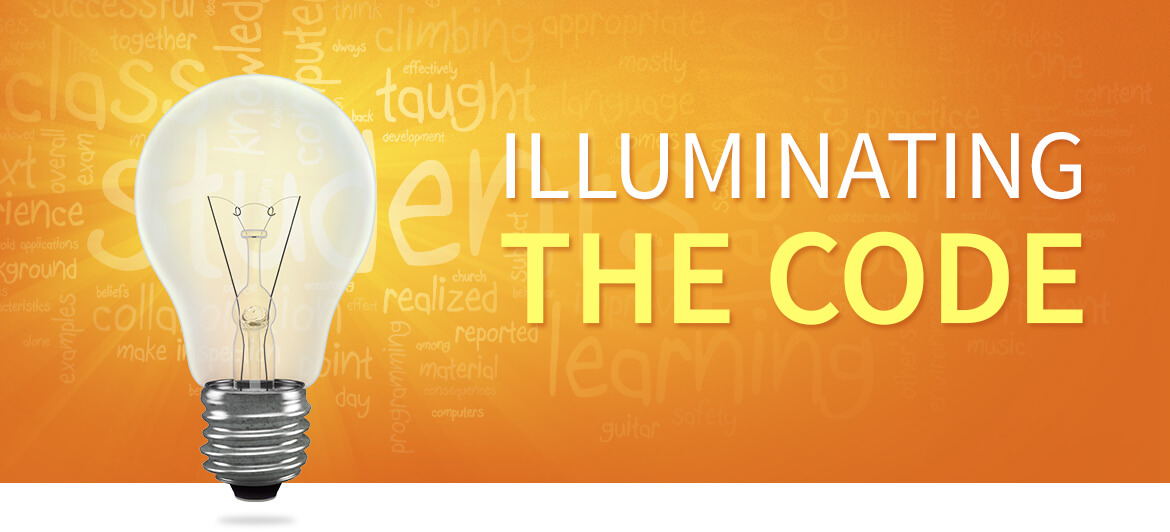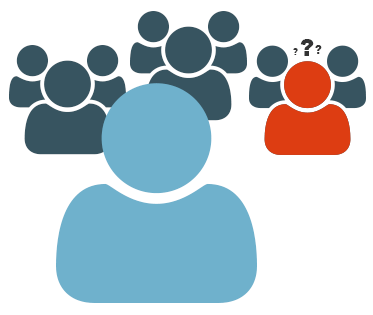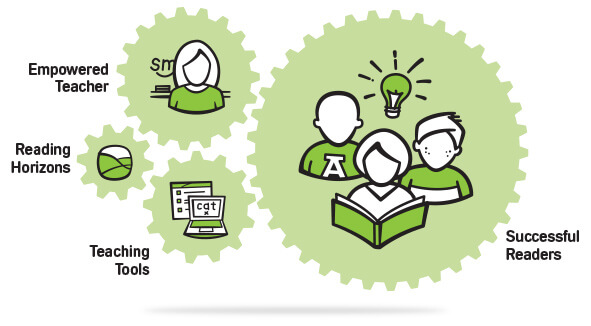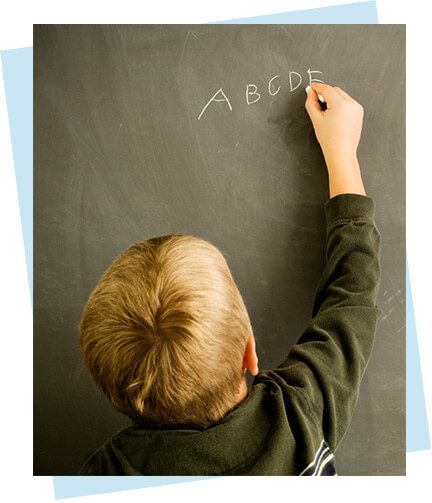
What is the code?
In regards to language, “the code” is the written representation of the spoken word (i.e. all written text).
Help students break the code: TALK TO A SPECIALIST
Are You Prepared to Teach "The Code"?
All of us are exposed to the code, but because many educators believe that reading is a natural process, at least 30% of all students are left in the dark when it comes to the knowledge and instruction they need to effectively read and process the code.
The common perception in education is that being a skilled reader (i.e., knowing how to read) qualifies an individual to teach reading. However, being a skilled reader does not mean one has an explicit awareness of the structures of written and spoken language that are necessary to effectively teach reading. Louisa Moats and other researchers have come to the convergent conclusion that most teachers are ill-prepared to explicitly teach reading and writing as demonstrated by a lack of knowledge concerning the phonology and orthography of the English language. Conversely, teachers who have a strong knowledge of phonology and orthography, as well as the ability to apply these concepts, have students who have higher levels of literacy achievement (Cunningham, et. al., 2004; Spear-Swerling, 2004).

How Does This Affect Students?
Because many teachers lack the knowledge needed to help students create strong connections that facilitate successful reading, many students have wiring that isn’t connected properly. Students compensate by making any connections they can, but these are usually inefficient and intermittent.
The following statistics highlight the impact this misperception has on education and society:
- On the 2009 NAEP Reading Test, about 26 percent of eighth graders and 27 percent of twelfth graders scored below the "basic" level, and only 32 percent of eighth graders and 38 percent of twelfth graders are at or above grade level.
- More than 20% of adults read at or below a fifth grade reading level.
- The USA is currently ranked 14th in the world regarding student reading proficiency.
How Can You Illuminate The Code?
In order for students to accurately connect written text to spoken language, an explicit, systematic, multi-sensory, phonics-based approach has been proven most effective. Phonics instruction is often viewed with a negative connotation because when it is not delivered through an explicit and systematic process - it is not necessarily effective.
It is the way phonics is instructed that makes the difference. Instruction should start with the most basic concepts then sequentially build to larger, comprehensive concepts that help develop metacognitive awareness of the language, thus illuminating text.

How Does Reading Horizons Illuminate The Code?
Reading Horizons helps teachers and students make the connections necessary to illuminate the code.
The Right Approach
The Reading Horizons method helps teachers and students understand each building block needed to understand and read “the code” through an explicit, easy-to-follow, and multi-sensory approach. A unique marking system is applied to each concept, making it easy for students to remember what they have been taught.
The Reading Horizons multisensory delivery method helps activate several areas of the brain by including visual, auditory, and kinesthetic cues that allow students to make the connections needed for meaningful interactions with text. Because of this, Reading Horizons instruction is effective for every type of student: K-3 students, struggling readers of all ages, and English Language Learners.

The Right Delivery
Teacher Training
Reading Horizons offers live and online professional development workshops that provide training in effective strategies for teaching reading, the Reading Horizons methodology, and Reading Horizons product implementation.
Interactive Reading Software
By responding to computer-administered assessments, our interactive computer software provides each student with highly-differentiated reading instruction catered to his or her unique needs.
Direct Instruction Materials
Reading Horizons scripted, non-consumable direct instruction materials make it possible to provide research-based, multisensory reading instruction that easily adapts to whole-class, small-group, and one-on-one instructional settings.




